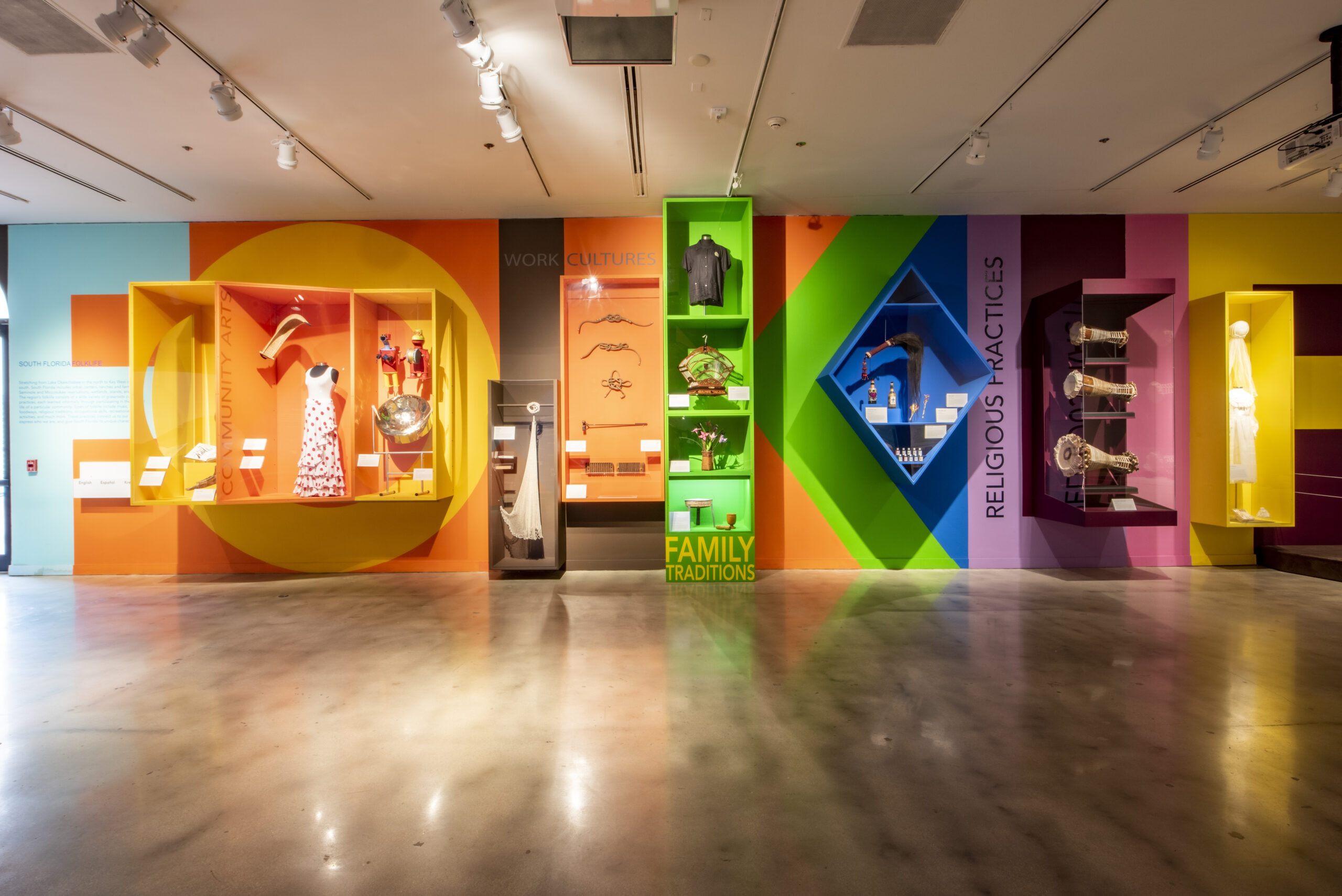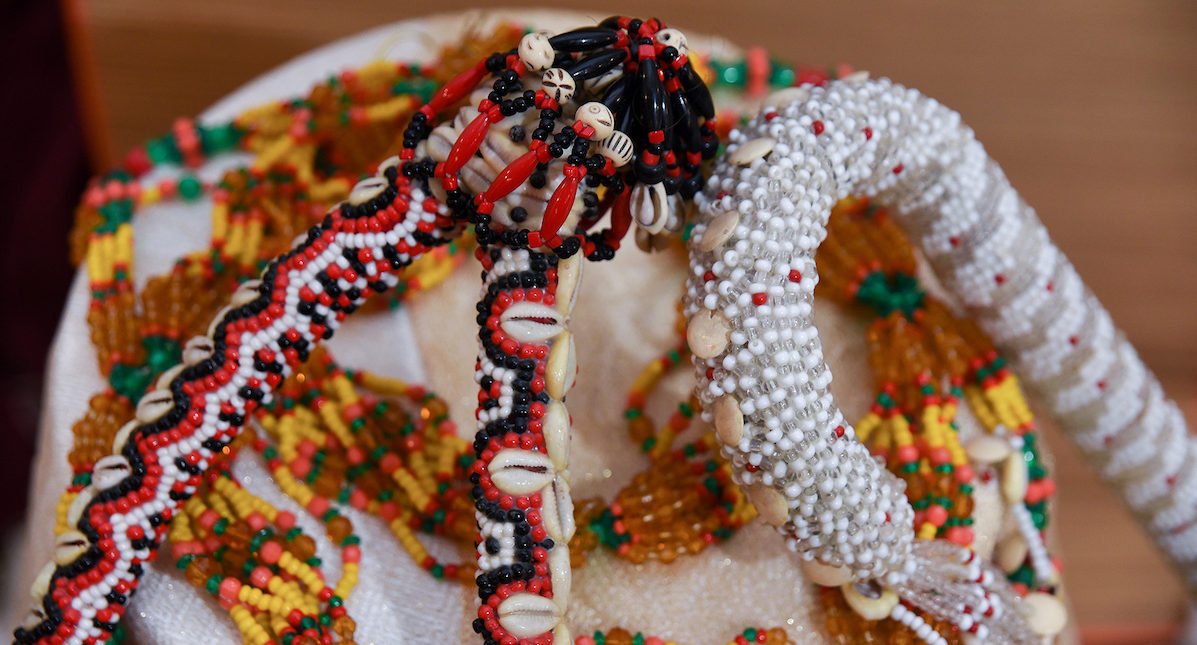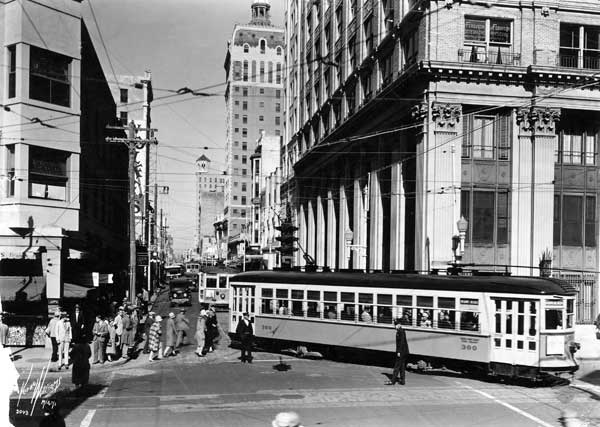The South Florida Frontier
June 24, 2005 - June 22, 2006
When does a frontier stop being a frontier? Historians will argue the point for hours.
In The South Florida Frontier, the frontier ended when travel to the outer world became a reasonable endeavor. On the southeast coast of Florida, that ending came with the construction of the Florida East Coast Railway, reaching Palm Beach in 1893, Miami in 1896 and Homestead in 1904. In the keys, deep water ships ended Key West’s frontier days early in the 1800s; the FEC reached the remaining Keys between 1904 and 1912. On the southwest coast, the ending came later, with the completion of the construction of Tamiami Trail in 1928.
The love of frontier lingers. It is evident in place names, in the pride of being a pioneer (however loosely pioneer is defined), and in the enduring interest in a way of life so very different from our own.



